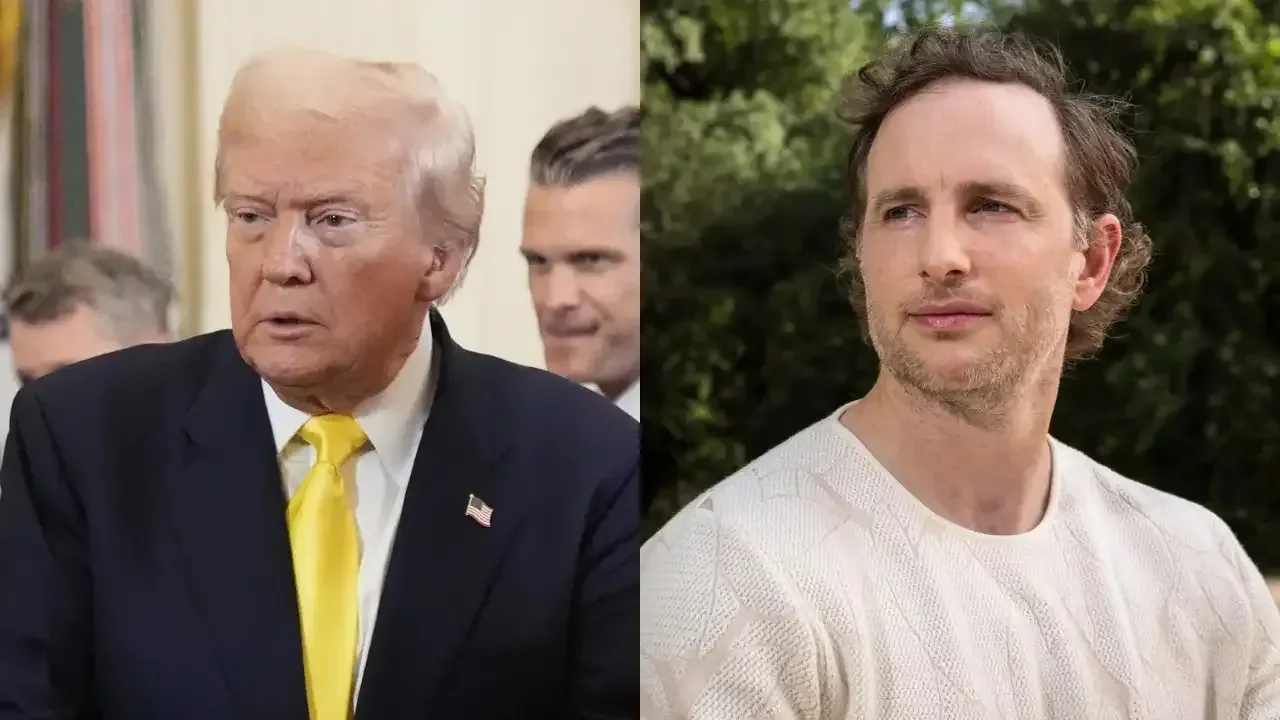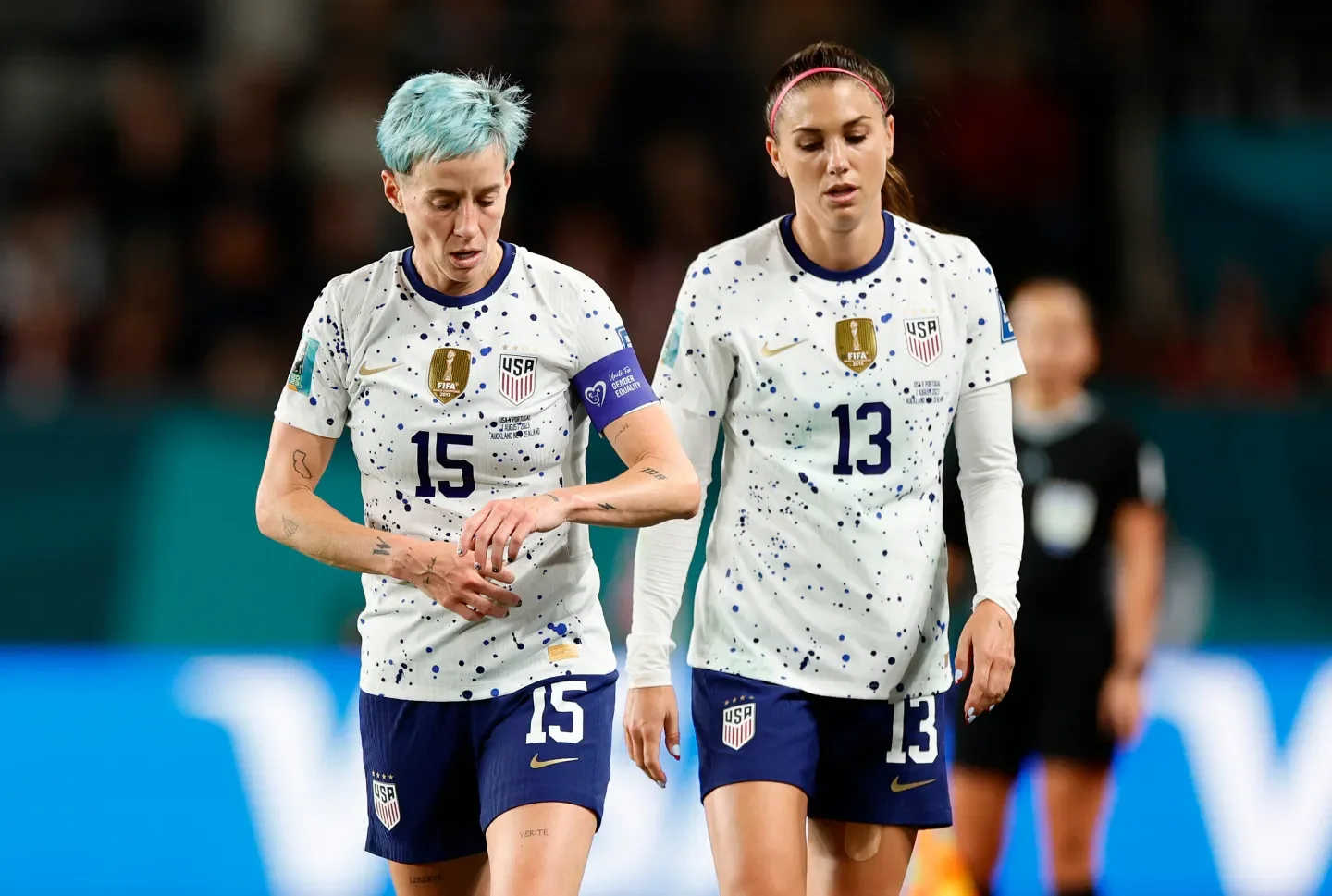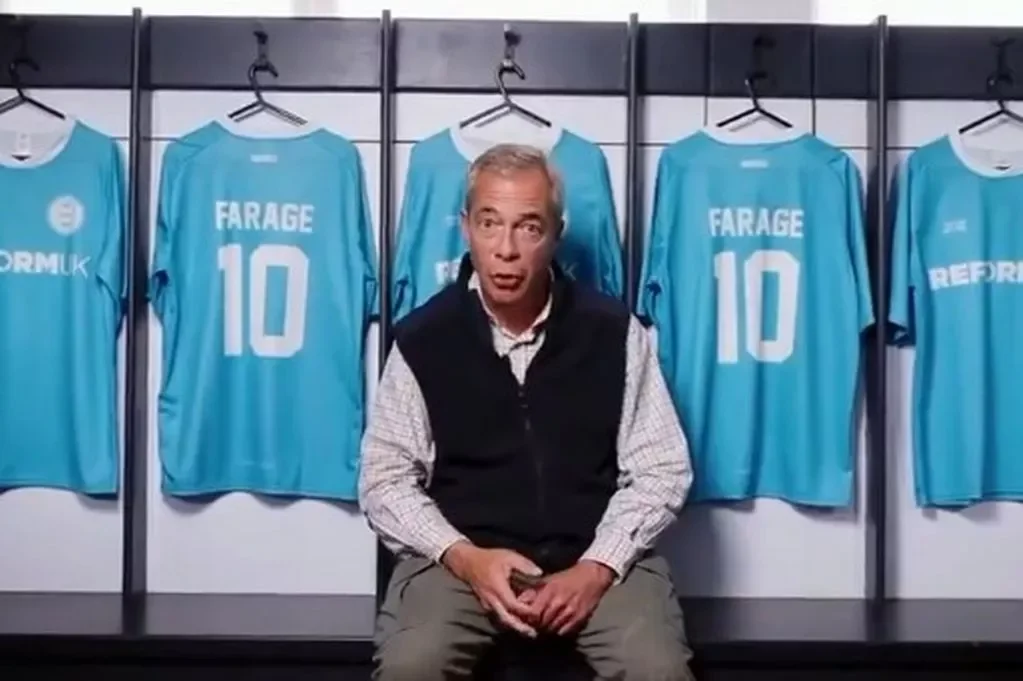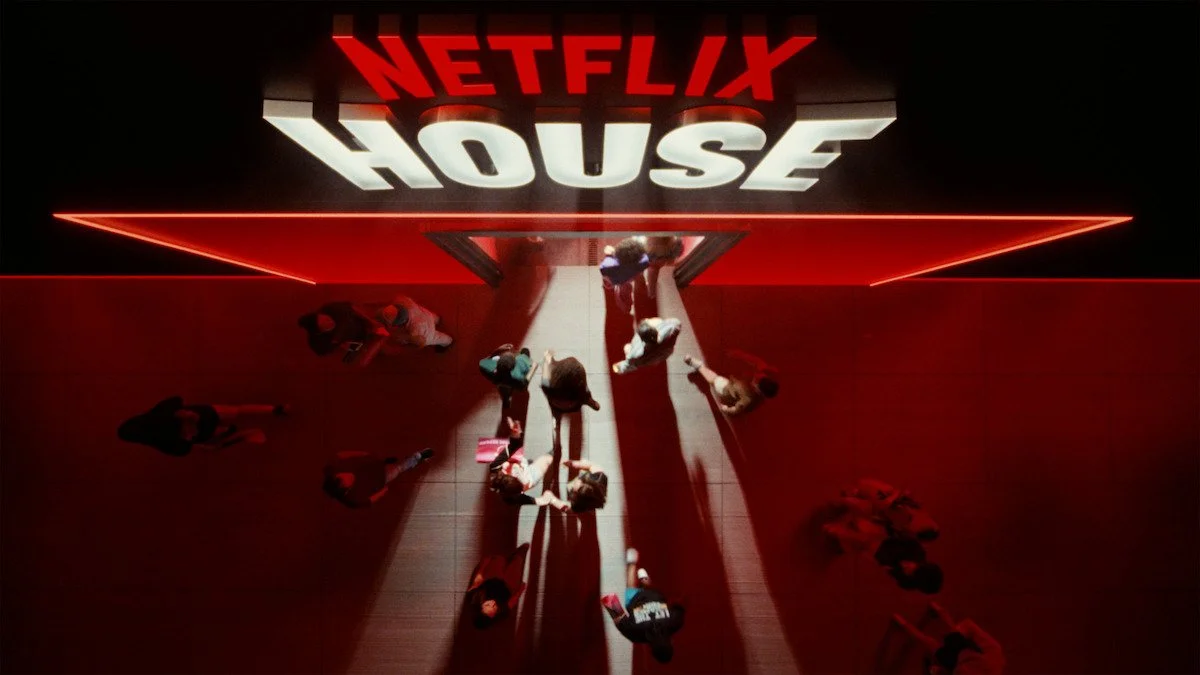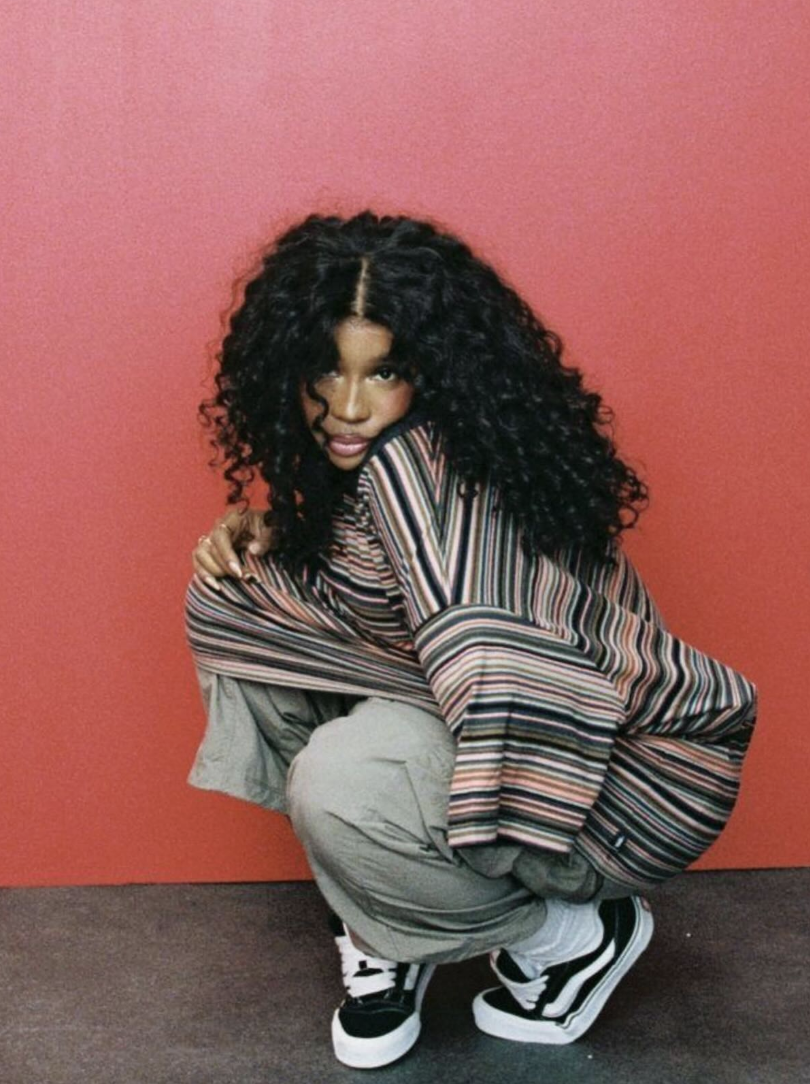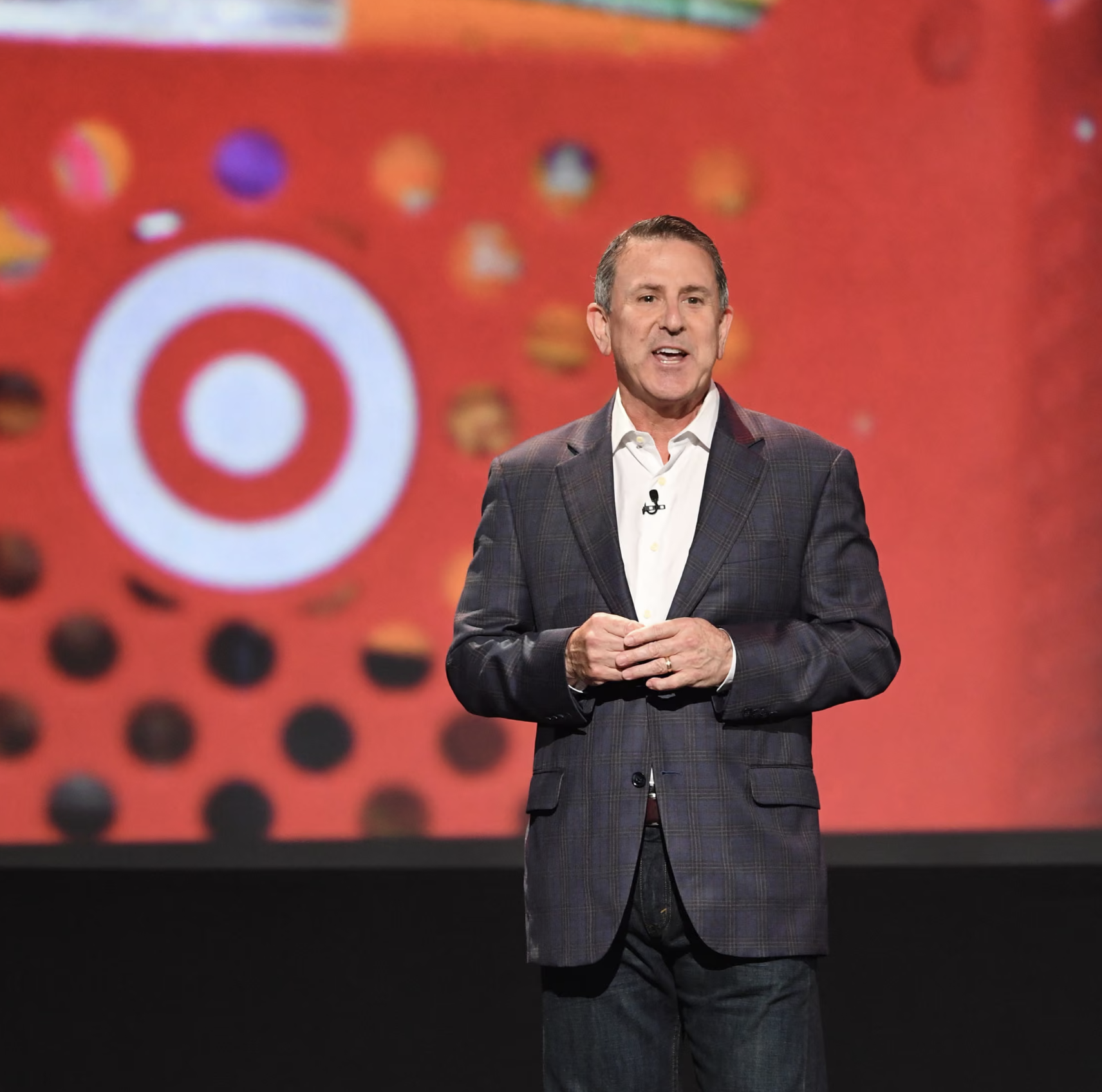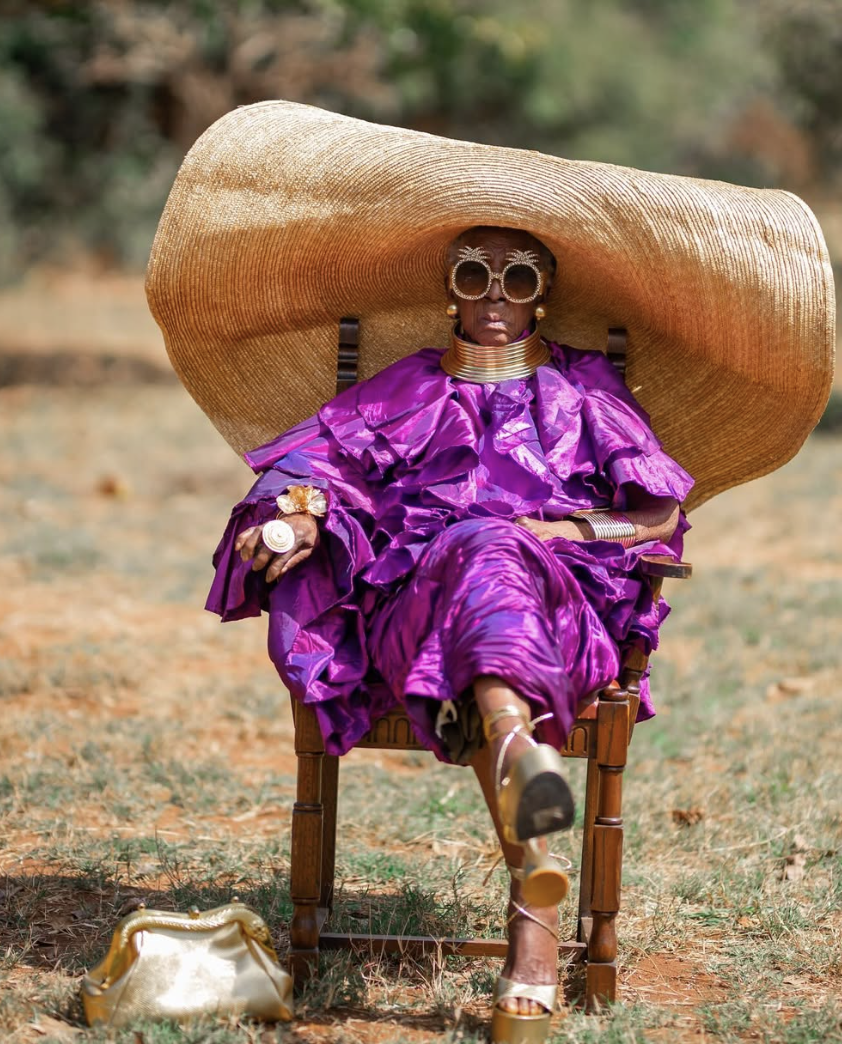The NFL just signed its first fashion partner, naming Abercrombie & Fitch the league’s official style collaborator. On paper, it’s a surprising move - a mall brand once synonymous with preppy teen cool now tasked with helping America’s biggest sport sharpen its fashion credentials. But in 2025, where tunnel-walk fits go viral and fan fashion is as important as game-day stats, the move feels less like nostalgia and more like strategy.
📊 Supporting Stats:
The NFL has a near-even gender split: women now account for 47% of the fan base (Nielsen, 2024).
Fashion is one of the fastest-growing touchpoints in sport. The global sports apparel market is projected to hit $358bn by 2030 (Statista, 2025), with lifestyle-driven products outpacing performance gear.
Social media is amplifying athlete fashion power: videos of NFL player arrivals rack up millions of TikTok views weekly, rivaling game highlights in reach.
🧠 The Brand Call: Does It Work?
Yes - strategically, this is a savvy move for both sides.
For Abercrombie, it’s a reinvention play. Once dismissed as outdated, the brand has quietly been building a comeback through cultural partnerships and repositioning around “adult cool.” Tying itself to the NFL - the country’s most-watched entertainment product - signals scale, relevance, and a shot at re-entering the mainstream style conversation.
For the NFL, this is about audience expansion. A league often accused of being slow to adapt is showing it gets where culture is heading: fandom isn’t just broadcast, it’s worn. Fashion is a way to reach younger and more diverse fans, particularly women, without changing the game itself.
📌 Key Takeouts:
🏈 The Play: Abercrombie becomes the first official NFL fashion partner, launching athlete-styled campaigns, player-designed collections, and a “Style Concierge” service for pros.
👟 The Win: It taps into the cultural capital of NFL fashion moments - tunnel-walk fits, post-game looks - and brings fans into that world.
👩 The Audience: With nearly half the NFL fan base now female, fashion partnerships open new space for authentic engagement beyond jerseys.
⚖️ The Risk: Abercrombie’s brand baggage - the 2000s preppy era and its exclusivity stigma - could clash with the NFL’s push for inclusivity if not carefully handled.
🔑 The Signal: Sport is no longer just about performance - it’s lifestyle, identity, and cultural influence. The league is moving to position itself alongside fashion-first platforms, not just athletic brands.
🔮 What We Can Expect Next:
This won’t be a one-off. Expect more athlete-led collaborations and lifestyle drops that blur sportswear with streetwear. If Abercrombie lands it right, they could become the NFL’s version of Adidas x NBA - a long-term cultural pipeline. The bigger picture: sports leagues will continue recruiting fashion brands not just as licensees, but as co-authors of culture. The real test will be whether fans buy into Abercrombie as credible arbiters of NFL style, or whether the partnership feels too engineered.


